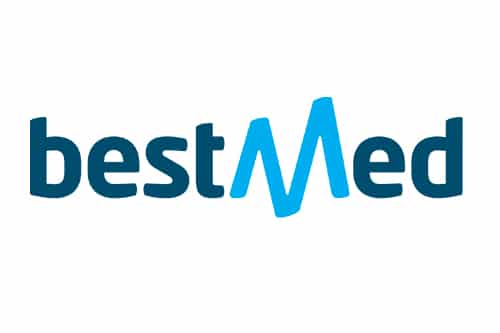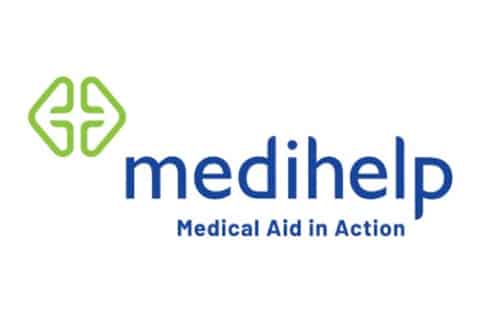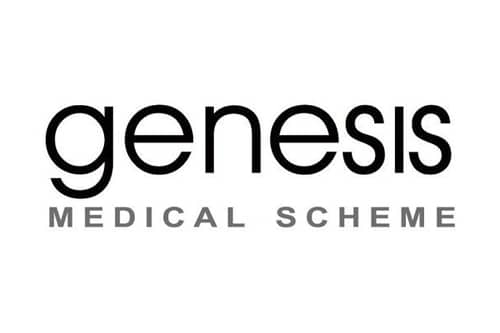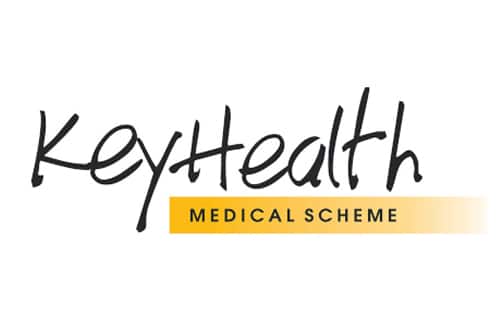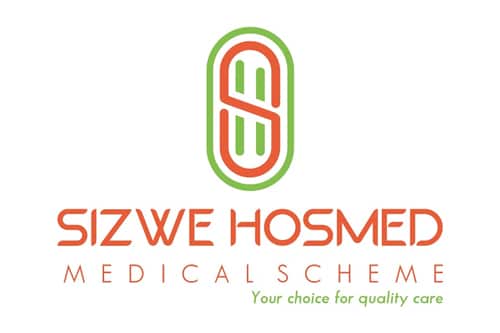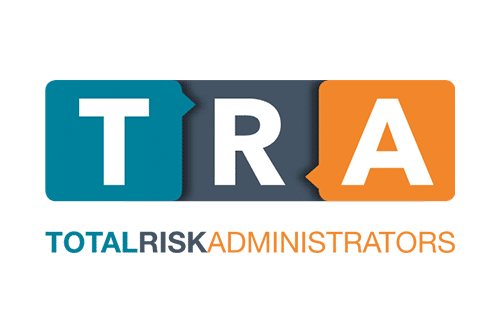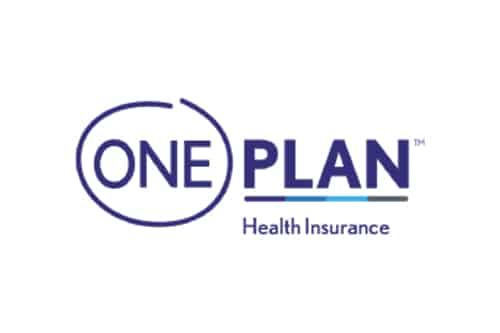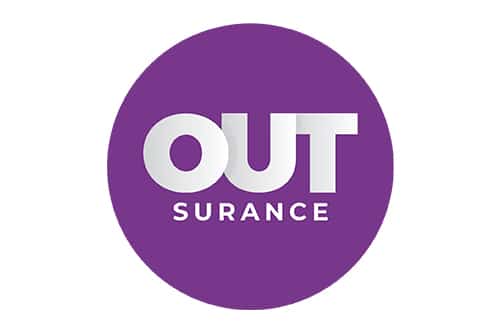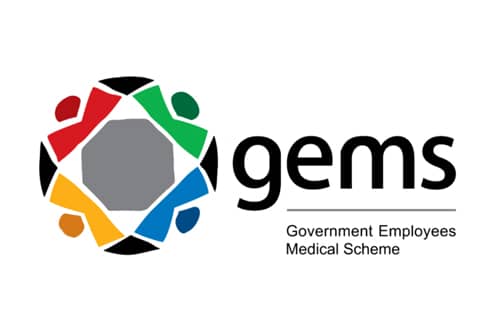
What is Chronic Cover?
What is Gap Cover in Medical Aid in South Africa revealed.
We verified gap cover in medical aid in South Africa.
This is a complete guide to gap cover in medical aid in South Africa.
In this in-depth guide you’ll learn:
- What is the chronic cover?
- Is chronic coverage affordable when you have medical aid?
- Why do you need chronic cover when you have medical aid?
- Why should you consider chronic cover?
- What are the benefits of chronic cover?
So if you’re ready to go “all in” with chronic cover in South Africa, this guide is for you.
Let’s dive right in…
What is Chronic Cover?
Overview

👉 Chronic diseases are described broadly as problems that persist a year or longer and necessitate continuing medical attention, impede daily activities, or both. Chronic diseases such as heart disease, cancer, and diabetes are the country’s top causes of mortality and disability.
👉 A chronic or long-term sickness necessitates adjusting to the illness’s demands as well as the therapy employed to treat the ailment. There may be additional difficulties since chronic illness might alter how you live, see yourself, and interact with others.
👉 In this article, we take a closer look at chronic illness and learn more about the chronic cover.
Understanding chronic illness

👉 Most chronic illnesses do not heal on their own and are rarely totally cured. Some, such as heart disease and stroke, can be immediately fatal.
👉 Others, such as diabetes, persist over time and necessitate intensive management. Most chronic illnesses, such as arthritis, endure throughout a person’s life but are not always the cause of mortality.
👉 Chronic illnesses typically have the same characteristics:
➡️ complex causes
➡️ many risk factors
➡️ long latency periods (time between the onset of the illness and feeling its effects)
➡️ a long illness
➡️ functional impairment or disability.
You might like: 5 Best Medical Aids for Chronic Illness Cover in South Africa revealed
A closer look at chronic care management

👉 Patients who are eligible for a chronic care management programme may have multiple (at least two) chronic conditions such as Alzheimer’s disease, dementia, arthritis, asthma, autism, cancer, heart disease, depression, diabetes, multiple sclerosis, lupus, high blood pressure, hypertension, and/or infectious diseases such as HIV/AIDS.
👉 Chronic care management services are provided in addition to face-to-face patient appointments. A comprehensive and extensive electronic health record is one of the most critical features.
👉 This record contains information about the patient’s symptoms, medications, allergies, medical history, demographics, and previous care providers. Many patients with chronic diseases see many care providers; a comprehensive electronic record is required to ensure optimum care.
👉 Chronic care management emphasises the need to maintain a consistent relationship with a designated patient care team member. Ideally, patient with chronic diseases feels sufficiently supported to attain their health objectives.
👉 A patient in a regular care management programme gets access to their care plan and health information 24 hours a day, seven days a week, and can contact their care team anytime. The patient can reach out to the carer by phone or via a secure computerised patient portal.
The purpose of chronic care management

👉 People who have many chronic diseases are more likely to have a low quality of life. Chronic care management’s overarching purpose is to help patients attain a higher quality of life by providing continuous care and management of their diseases.
👉 A chronic care management programme may result in a patient experiencing less pain and tension, more mobility and physical fitness, and improved sleep and relaxation.
👉 Ideally, a patient would be able to resume activities, such as jobs or hobbies, that their chronic diseases have prohibited them from doing.
👉 Patients should be taught about the benefits of their treatment and encouraged to stick to their treatment plan. According to research, patients who participate in decisions regarding their care have better health results.
👉 Obviously, the patient’s desire in many circumstances is a cure. A more attainable aim for a disease like diabetes, for example, is an improved state and quality of life while living with the disease. Cooperation between engaged patients and coordinated medical experts is an effective paradigm for the care of persons with numerous chronic diseases.
Read more about Best Hospital Plans In SA
Understanding chronic care in terms of PMBs

👉 Currently, your medical plan must cover certain chronic diseases in addition to existing benefits.
👉 Prescribed Minimum Benefits (PMBs) are important here. They were included in the Medical Schemes Act to ensure that members of medical schemes did not run out of benefits for certain ailments and were obliged to seek care in state facilities.
👉 These PMBs cover around 300 illnesses, including meningitis, cancer, menopausal management, cardiac treatment, and many others, including medical emergencies.
👉 Many years ago, medical schemes gave minimal benefits, but they were gradually reduced until the Medical Schemes Act of 1998 was enacted, providing stronger consumer protection.
👉 These benefits are mostly provided at hospitals and places where your medical plan has made arrangements for you to be treated.
👉 Most plans cover care in private hospitals, but they must make arrangements with the hospitals or hospital groups where their members will be treated. These arrangements, including those established with state hospitals, should be incorporated into the scheme’s guidelines.
👉 Always double-check your benefits with your plan and make sure you understand the requirements.
PMBS and chronic medication

👉 The list of recommended minimum benefits (PMBs) has been expanded to include 25 major chronic disorders.
👉 Medical plans must include benefits that cover the diagnosis, treatment, and management of these 25 chronic conditions. However, keep in mind that a scheme is not required to pay for diagnostic tests that show you have an illness that is NOT one of the 25 chronic ailments.
👉 The inclusion of the 25 chronic diseases on the list of PMBs is a significant step towards assisting those who have struggled to pay for their chronic disease treatment and have increasingly had to dive into their own pockets for this care.
👉 Certain procedures have been put in place to guarantee that schemes can cover those members who require it without putting the scheme’s finances at risk in order to manage the costs of providing such protection to you.
👉 As such, schemes can expect you to seek treatment for a PMB from specific providers, known as “designated service providers” – specific groups of hospitals, clinics, doctors, retail pharmacies, and so on.
👉 A scheme’s regulations, on the other hand, must stipulate that you must utilise a specified service provider and be educated about where and how you can acquire medication and treatment from that provider.
👉 Schemes that do not incorporate these provisions in their rules and do not inform their members run the danger of having to pay for treatment from whichever provider you use.
👉 If you do not follow the guidelines about which providers you choose, you may have to pay for all or part of your treatment yourself.
👉 The “treatment protocols” (therapy guidelines) for each of the chronic diseases that have been designated as PMBs have been published in the Government Gazette.
👉 This is to ensure that you receive high-quality care and that your plan does not have to pay for unneeded treatment. Your doctor should be aware of and understand the criteria so that he or she can assist you in receiving treatment for any of these problems without incurring expenditures that your plan does not cover.
The 27 PMBs for chronic cover

👉 The 25 Prescribed Medical Benefits which qualify for chronic cover include the following
➡️ Addison’s disease
➡️ Asthma
➡️ Cardiac failure
➡️ Cardiomyopathy
➡️ Chronic obstructive pulmonary disorder
➡️ Chronic renal disease
➡️ Coronary artery disease
➡️ Crohn’s disease
➡️ Diabetes insipidus
➡️ Diabetes mellitus types 1 & 2
➡️ Dysrhythmias
➡️ Epilepsy
➡️ Glaucoma
➡️ Haemophilia
➡️ Hyperlipidaemia
➡️ Hypertension
➡️ Hypothyroidism
➡️ Multiple sclerosis
➡️ Parkinson’s disease
➡️ Rheumatoid arthritis
➡️ Schizophrenia
➡️ Systemic lupus erythematosus
➡️ Ulcerative colitis
👉 By making these benefits mandatory, the government aims to put an end to schemes’ attempts to assess members based on the financial risk they offer to a scheme due to their health status, as recommended by the Council for Medical Schemes.
👉 The Medical Schemes Act established community rating, under which scheme members (or one of its variants) pay the same fees for coverage regardless of their health status.
👉 However, medical plans have restricted chronic benefits to alternatives with greater payment levels. People with chronic diseases were effectively risk-rated and pushed to pay more for their insurance.
👉 The disorders picked are the most frequent, life-threatening, and those for which treatment would improve the member’s quality of life.
Protocol for funding treatment
👉 Treatment algorithms (treatment benchmarks) are the minimum treatment criteria for all prescribed minimum benefit conditions that have been published in the Government Gazette.
👉 Your plan can choose which treatments it will cover for each chronic condition, but the treatments cannot fall below the standards outlined in the treatment protocols.
👉 If your scheme’s coverage meets that requirement and you and your doctor decide to pursue an alternative treatment plan, you may be required to contribute to the cost of that treatment.
Conditions for medical aid scheme refusals
👉 Your medical aid programme may refuse to cover all of the costs. Your plan may create a formulary, which is a list of safe and effective drugs that can be recommended to treat specific ailments.
👉 The programme’s rules may stipulate that you will only be covered if your doctor recommends a medicine on that formulary.
👉 Often, the medications on the list are generics, which are less expensive versions of the original brand name medication.
👉 If you want to use a brand-name medication that is not on the list, your plan may refuse to pay for it, or it may only pay a portion of the bill, leaving you to pay the difference between the price of the medication you use and the one on the formulary.
👉 If you experience specific side effects from pharmaceuticals on the formulary, or if a substitute medication on the formulary for one you are already taking has a negative impact on your health, you will be able to present your case to your medical scheme and request that the scheme pays for your medicine.
👉 In general, the scheme would most likely want you to keep to the medications on the formulary.
An example of chronic cover: is Discovery Health Chronic Illness Benefit

👉 This is available on all health plans from Discovery Health (Executive, Comprehensive, Priority, Saver, Smart, Core, KeyCare plans).
👉 On all plans, the Chronic Illness Benefit pays for approved medications for the 25 Prescribed Minimum Benefit (PMB) Chronic Disease List (CDL) diseases (including HIV handled through the HIVCare Programme).
👉 Approved medicines on the Chronic Illness Benefit medication list (formulary) will be fully covered up to the Scheme Rate. Medicines that are not on the list will be funded up to the Chronic Drug Amount (CDA).
👉 The CDA is not applicable to the Smart or Keycare plans. We pay up to the Generic Reference Price (GRP) on these plans, which is the least expensive medicine of the same kind on our medicine list for the ailment.
Accessing the chronic care benefit from Discovery Health
👉 You must apply for Chronic Illness Benefit coverage if you wish to use it. You must complete and submit a Chronic Illness Benefit application form with your doctor. If your doctor utilises HealthID, he or she can apply for coverage online with your permission.
👉 To be registered on the Chronic Illness Benefit, you must meet the benefit entrance criteria for your condition(s). You or your doctor may be required to give specific test results or additional information for the condition(s) you are applying for, as specified on the CIB application form. Please include these documents with your application to avoid any delays in the process.
👉 Discovery Health will notify you through email of their decision. Discovery Health will send it to the email address you provided in the application form within five working days of receiving it. Please wait for authorization before claiming your medication to ensure Discovery Health pays your approved medicines from the relevant benefit.
Frequently Asked Questions
What is chronic cover provided by medical aids?
The benefits provided by medical aids to help with the costs of managing chronic diseases, such as diabetes, hypertension, or asthma, are referred to as chronic cover.
What is medical aid chronic benefits?
Chronic Benefit ensures that you are covered for some life-threatening disorders that require continuing care, such as diabetes or heart disease. When a chronic disease is adequately controlled, there are fewer acute and long-term medical consequences or side effects.
How does chronic cover work?
Medical aids typically offer funding for consultations, prescriptions, treatments, and monitoring connected to recognized chronic diseases to provide chronic coverage. There can be particular guidelines and specifications for the coverage that must be followed.
Are there waiting periods for chronic cover?
Yes, waiting periods for chronic coverage are frequently imposed by medical aids. To obtain the full benefits and coverage for chronic diseases, new members may have to wait for a predetermined amount of time. Waiting periods are used to avoid unfair selection.
Do I need to register my chronic condition to receive chronic cover?
No, you do not need to register your chronic condition to receive chronic cover.


